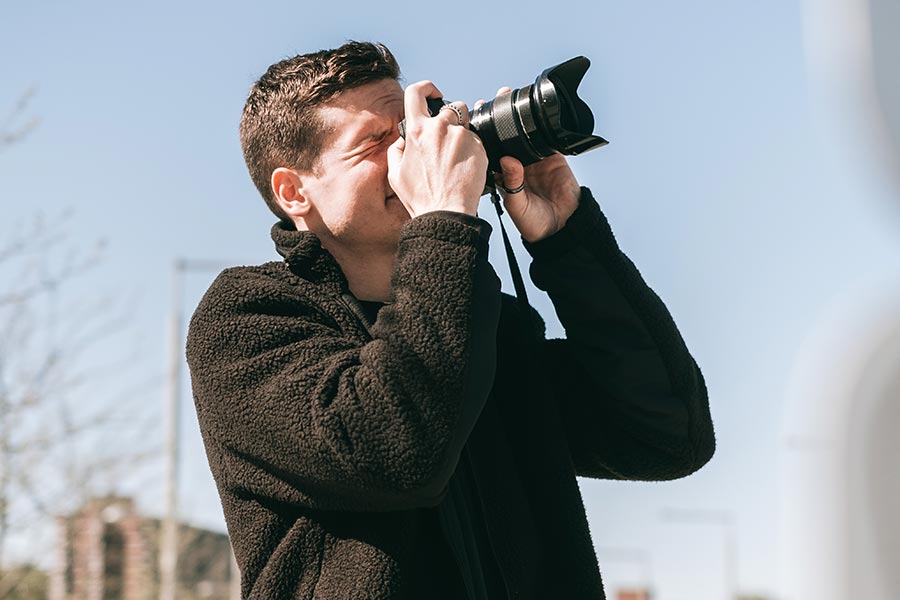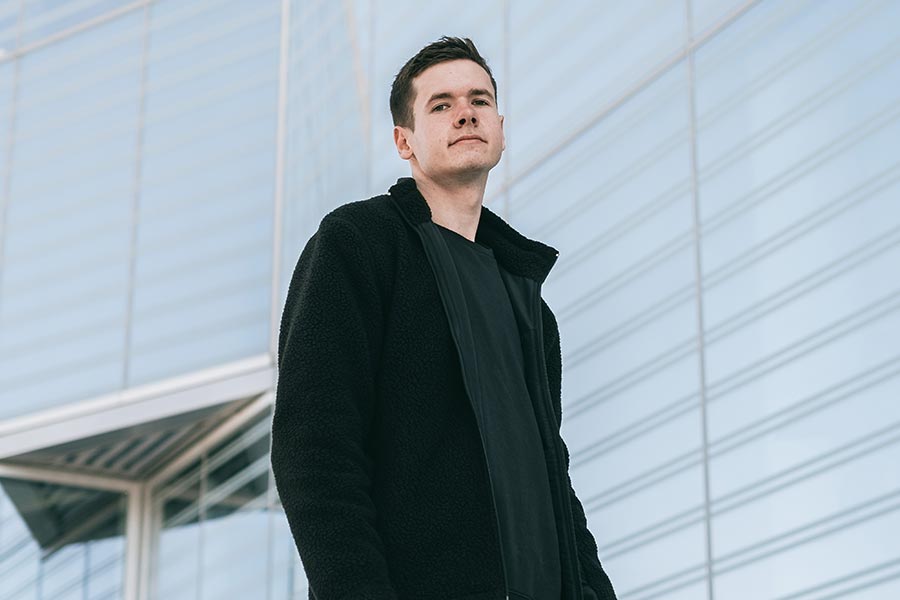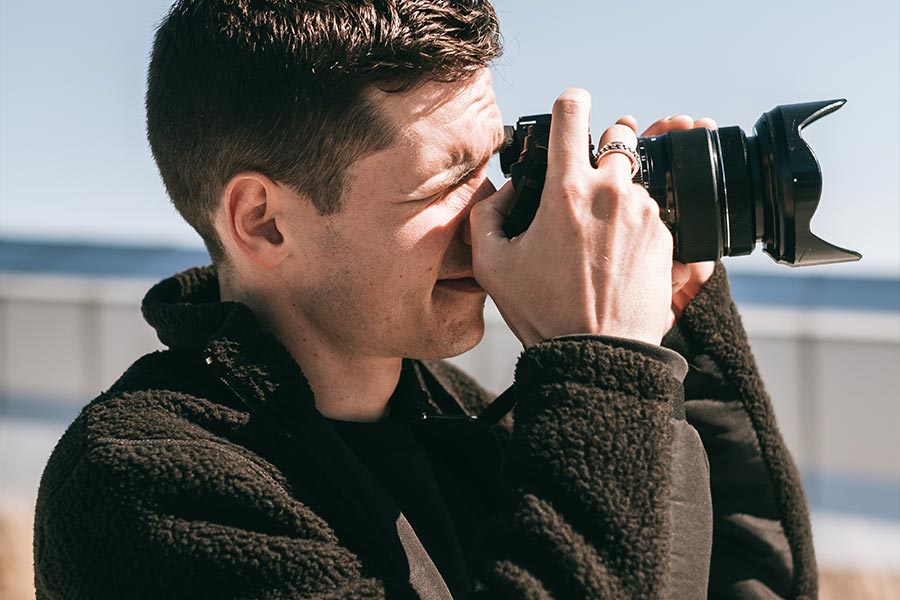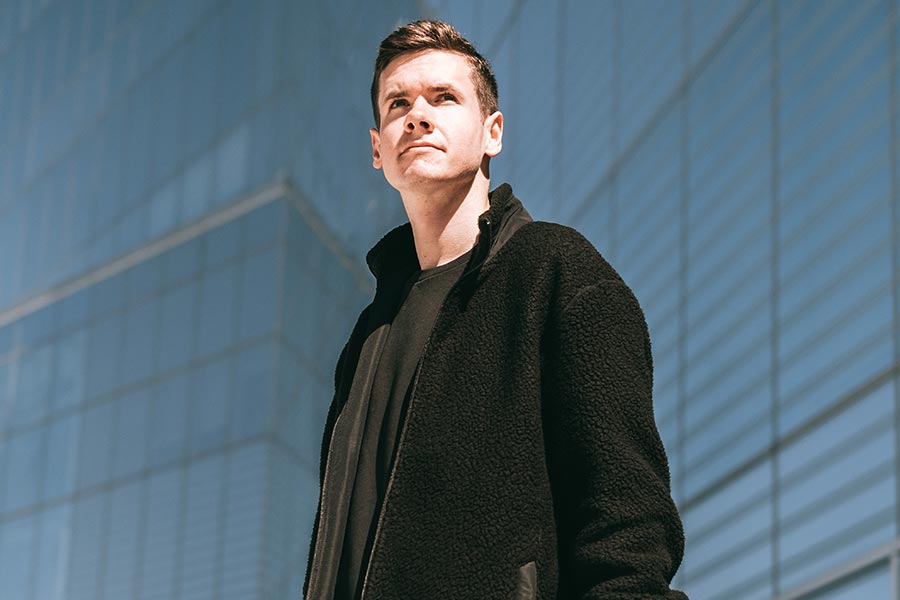Documentary photographer Drowster has been a Vallier ambassador since our inception. He’s known for his photos of cityscapes and the people who inhabit them.
Vallier meets: Drowster
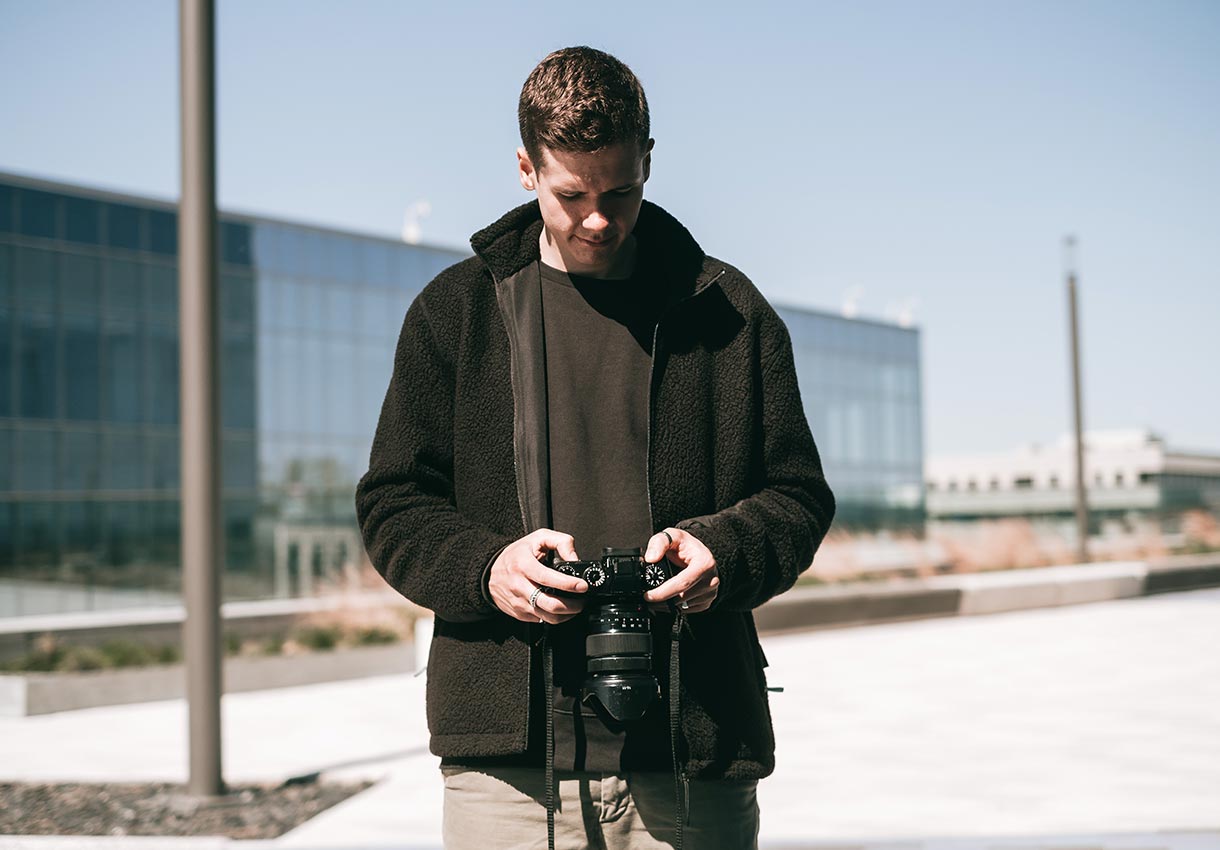
With the release of his book Workers, he reveals the world as he sees it through the lens of his camera, while remaining anonymous behind it. Today Vallier meets Drowster - face to face.
How did you become a documentary photographer?
For many years I was photographing a lot of architecture and landscapes. One day I realised that something was missing in my photos: humanity. Since that day, I’ve focused on telling the incredible stories of people I meet all over the world.
How did you come up with the idea for Workers?
After a few years of walking around cities, I was accumulating a lot of images of men working on the street. I named the project The Study of Working Men and began a more serious quest to photograph men at work. I was particularly fascinated by jobs that are hard on the body, jobs that came out of the mechanical age born of the Industrial Revolution - and jobs that are doomed to disappear.
Where did your passion for photographing jobs come from?
From a very young age, I’ve been fascinated by the jobs that people do. I’m simply fascinated by how humans spend the majority of their time on this planet doing what is commonly known as work.
Of your many travels, which country have you found most memorable?
Iraq and India. India is a paradise for travellers, and especially for photographers. The chaos, the colours, the people, the landscapes; everything is there. As for Iraq, I fell in love with the hospitality, the thousand-year-old history of Mesopotamia, the dress, and the texture of the place; I could have stayed there for a long time and never gotten tired of it.
Is there an encounter that has particularly marked you?
One with a gravedigger in Armenia. On a foggy day in a tiny village in the depths of Armenia, I came across a gravedigger digging a grave in a cemetery. He was accompanied by a gravestone carver. Seeing the magnitude of the task, I offered my help to dig the grave. I spent the next two days helping the two men, but also being invited into their families for meals. Let's just say that the free-flowing homemade vodka took me by surprise...
What is the most unusual profession you’ve come across?
I hesitate to choose between the goldfish seller in Iraq, the ear cleaner in India, or the horn specialist, also in India.
What are the challenges of your job?
My first answer would be that there’s not enough time in a lifetime to complete all the human stories I’d like to photograph. The biggest challenge, however, is that documentary photography and its sources of funding have been turned upside-down in the last few decades, with the closure of major magazines like Life, the transition to digital, and the democratisation of video production. I’m in favour of change and progress, but still, this requires constant questioning of the place of documentary photography in our society during the age of Instagram. Still, it's an exciting challenge!
How is the pandemic affecting your work?
Much to my surprise, 2020 has been a really good year for my photography. I had to put the overseas projects on hold, but this allowed me to focus on other projects here in Montreal. I must say I’m extremely lucky to have been able to finish Workers before the pandemic; as well as having the support of Éditions Cardinal for two of my new projects, which took up most of my time during all the lockdowns.
